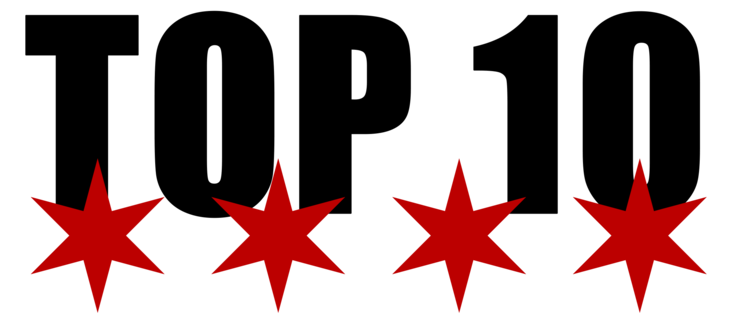What’s a baseball game without a bit of excitement for the Chicago Cubs these days? If you like offense, the Cubs vs. New York Mets game on Wednesday night was not for you. Both teams combined for ten hits and thirteen strikeouts on the night. Again, Shōta Imanaga was ridiculous for the Cubs, going seven innings without giving up a run. José Buttó pitched six one-run innings of his own for the Mets.
The game’s lone run came in the fifth inning, thanks to a couple of youngsters filling in on the Cubs roster. Matt Mervis led the inning off with a double. A wild pitch moved Mervis over to third. Then Pete Crow-Armstrong hit a ball deep to right that almost went into the stands for a home run but was plenty deep enough to score Mervis on the sacrifice.
In the ninth inning, relieve Hector Neris took the mound, looking for his fifth save on the year. After Neris hit Pete Alonso, JD Martinez launched a ball to right-center field. PCA had to run a long way to get to the ball and got there. However, the ball bounced off his glove. Martinez was credited with a double, and the Mets had two men in scoring position with only one out and one run needed.
Then, chaos ensued. Jeff McNeil hit a fly ball to Ian Happ in left field that was caught for an out. Alonso tagged at third, looking to score the tying run. Happ’s throw went to Nick Madrigal, who perfectly relayed it to Miguel Amaya at home. Amaya’s tag was right there, and Alonso was called out. The call was upheld after a Mets challenge for the play at the plate. Final score: Cubs 1, Mets 0.
Collision At Home Plate Rule By The Book
In 2014, a rule was installed by Major League Baseball that was intended to limit collisions at home plate between runners and catchers when a play is being made. This rule was a response to a gruesome injury suffered by San Francisco Giants catcher Buster Posey. In May of 2011, Posey was in position to field a ball when a collision occurred, breaking his ankle and ending his season. Plays at the plate can be dangerous, so MLB put its best effort into keeping plays at the plate exciting while limiting the danger.
The catcher is not permitted to block the runner’s path to the plate unless he is in possession of the ball, though blocking the path of the runner in a legitimate attempt to receive a throw is not considered a violation. The runner can be ruled safe if the umpire determines the catcher violated this rule. But per a September 2014 memorandum to the rule, the runner may still be called out if he was clearly beaten by the throw.
Collision At Home Plate Rule, Provided by Major League Baseball
The Mets’ biggest grievance about the play was that Cubs catcher Miguel Amaya did not give Pete Alonso a clear path to home plate, violating the rule. They also believed that Alonso’s hand touched home before Amaya’s tag was applied. MLB’s replay center reviewed the play, as they do for all in-game challenges. After several moments of review, the home plate umpire announced the results of the review. Amaya was not in violation of the rule, and the call-out stood. Game over, Cubs win.
The Cubs Won And The Magic Continues
Prior to Nick Madrigal’s throw to Miguel Amaya, Amaya was clearly on the other side of the plate, giving Pete Alonso a lane toward home. Madrigal’s throw brought Amaya to his left, closing the lane. By rule, if the catcher is following the path of the ball, that is not a violation.
Additionally, upon review, Alonso’s hand is clearly in the air and not touching home when Amaya’s tag is applied. With no interference, the call rightfully stood. Alonso did not touch home; he was out.
Once again, the Cubs were able to gut out a dramatic win and keep the magic of this season alive. They continue to defy the odds by winning games with an injured list full of All-Star-caliber players. Soon, health will be restored in this roster, and the front office will have to make decisions regarding who stays in Chicago and who moves back down to Iowa and/or Tennessee. However, the depth of this organization has been on full display, and it is working tremendously.












